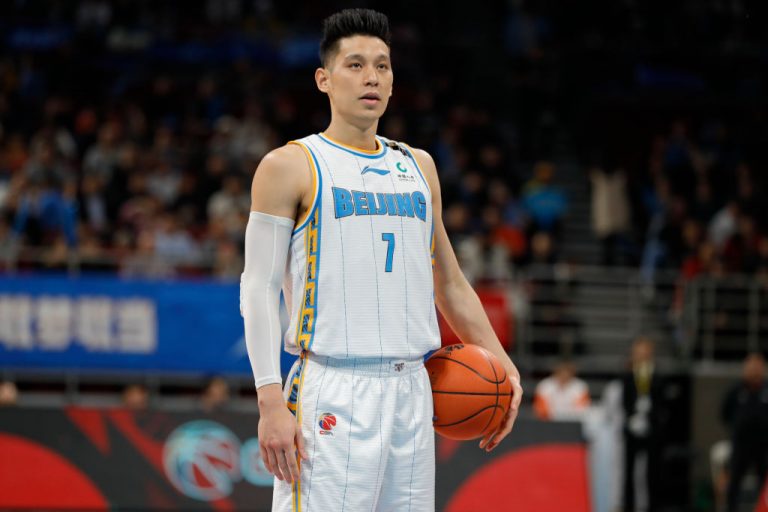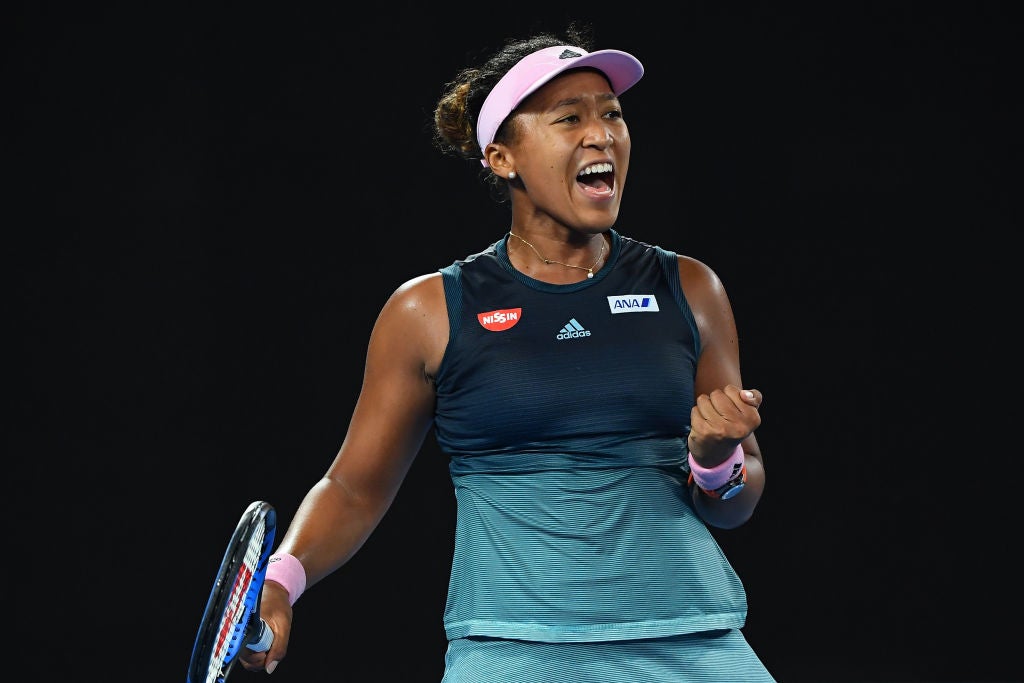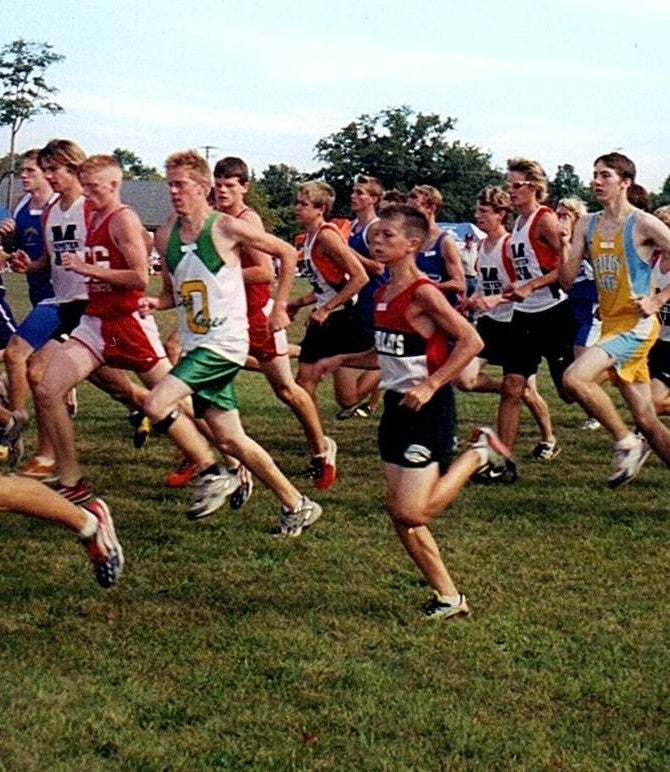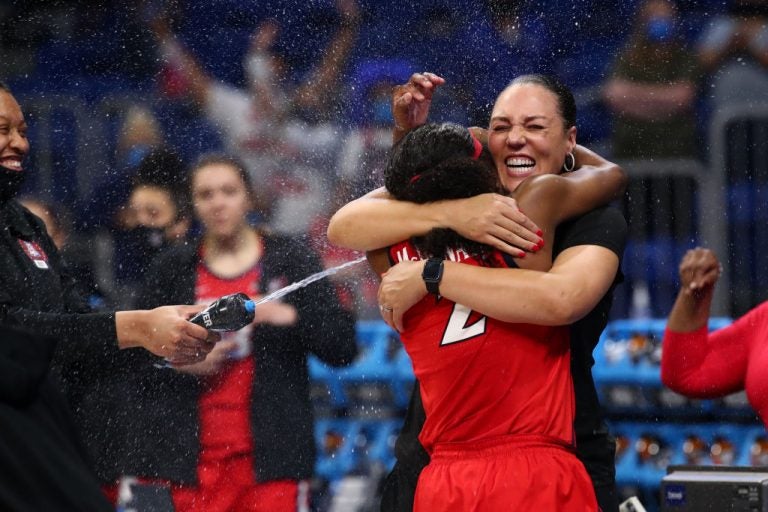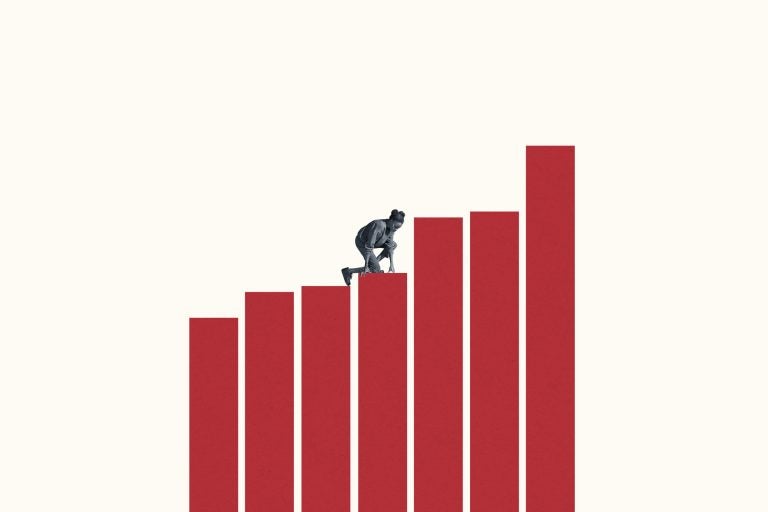Transforming the Question of How an Athlete's Psychological State Influences Their Performance
Why this matters
Does an athlete’s psychological state influence their sports performance? While this is a widely studied area of research, Masumi Iida and Scott Brooks seek to transform this question into covering the experiences of athletes of color and women to put special emphasis on the inclusion and exclusion of sociological factors like race and ethnic culture, class, and gender.
Masumi Iida and Scott Brooks’ research study, “The Missing Link: Intersectionality in Sports Psychology” has three objectives:
- To examine the intersection of the positive psychology and sports psychology fields
- To identify limitations and gaps in the literature that could be addressed to enhance the field of sports psychology, and suggest recommendations for the future research
- To examine the experiences of athletes of Color and women and transform the question, “Do athletes’ psychological states influence sports performance?” to “How do social and environmental factors impact athletes’ psychological states, coaches, and sports psychology practitioners?”
We asked them to elaborate on their study, and how it particularly relates to women and girls of Color.
Global Sport Matters: What is positive psychology and how did it lead to sports psychology?
Masumi Iida: While psychologists have used sports settings as a context for studying human behavior, the mid-1920s are considered to be the birth of sport psychology when several psychologists started to study optimal performance and well-being of athletes. On the other hand, positive psychology was not a recognized subdiscipline of psychology until the late 1990s, when there was a movement to specifically focus on positive aspects of individuals and institutions. While the roots and origins of the two disciplines differ, both of these disciplines share the goals of understanding how individuals and institutions may thrive.
Global Sport Matters: How can positive psychology and sports psychology support young girls in gaining confidence and improving their mental health?
Masumi Iida: Positive and sport psychology have a lot of tools to help athletes in gaining confidence and improving their mental health. We will get to this issue below; however, a lot of the knowledge, unfortunately, comes from studying White men, often elite athletes. While some of the tools may be able to help young girls, I am doubtful that these tools can meaningfully address some of the obstacles and issues faced by young women athletes.
Global Sport Matters: How does this apply particularly to girls of color, girls who identify as LGBTQ+, girls who come from poor communities?
Masumi Iida & Scott Brooks: Unfortunately, these issues will be compounded with girls of color, girls who identify as LGBTQ+, or girls who come from poor communities. We would say that the current state of positive and sport psychology cannot meaningfully help young girls with compounding factors. This is because researchers and practitioners need to do a couple of things: first, recognize differences - be “color conscious” and stop colorblind research and practice; second, see difference as assets rather than deficits - just because there is difference, researchers and practitioners reference White and men as the standard reference, which leads to deficit based theorizing, understandings, and practices; and third, include, recruit, and promote the women of color researchers and practitioners.
Global Sport Matters: The second aim of this project is to identify and address limitations and knowledge gaps in sports psychology literature. In "Women in the Undercurrent of Sport," Laura Peill outlines how research on the impact of gender in sport is marked by significant knowledge gaps.
How can we address these two issues together, especially considering how gender in sport and sport psychology might intersect?
Masumi Iida: As stated in Peill's article, there is a knowledge gap of women and gender-minority athletes that also exist within sports psychology. In our project, we noticed that the field of sport psychology is full of studies with White men athletes. Even when women athletes are part of the study, there are only a handful of studies that focus on women, and even less on women of Color, and LGBTQ perspectives in sport. One of the keys to addressing these issues is to understand gender as a social and cultural context. Only then, researchers may be able to ask appropriate research questions that truly advance and fill the knowledge gaps in sports psychology literature.
Global Sport Matters: How do gender and racial stereotypes impact women and girl athletes' self-esteem and their relationships with their team, community, or sport in general?
Scott Brooks: As social constructions, race and gender, are not real in and of themselves - we learn social rules and cues that prescribe how we are to behave. These prescriptions reflect racial and gender essentializations and social norms that are reinforced by people in the forms of praise, sanctions, ridicule, and social status.
For example, girls do these kinds of things and boys do those kinds of things; Blacks play and are usually pretty good at these sports and Asians play and are usually good at those sports; and White girls participate in these sports and perform this way, expect certain things, while Native girls participate in those sports and perform that way, and expect other things.
When a person doesn’t live up to or behave in these stereotypical, normative ways, they often feel from others that there is something wrong with their behavior, ideas, and identity. This definitely can impact women and girls’ self-esteem and their relationships.
Moreover, when they are in sports and settings where they don’t fit the normative identity (girls playing a boy’s sport or a girl of Color playing a “White” sport), girls may experience Impostor Syndrome - fear for being found out as an impostor, because one belongs to a group that is not supposed be good or perform well. This pressure can cause stress and harm to a person’s self-esteem and turn them inward to deal with their shame.
Global Sport Matters: How can sports psychology adopt a more intersectional approach in addressing women and girl athletes' mental health? How can it address the compounding factors of race, gender, socioeconomic status, age, and other identifiers?
Masumi Iida: Sports psychology as a field is still mostly represented by White practitioners. For example, when I look up Certified Mental Performance Consultant in the Association for Applied Sport Psychology, most of the profiles with pictures are White, with the majority of these profiles being men. It is worth noting that the majority of profiles do not upload pictures, which also makes it hard to identify race and age (and I would suspect that there is a correlation between uploading pictures, race, and age).
In order for sport psychology to address women and girl athletes` mental health, especially for those athletes with other compounding factors, such as race or socioeconomic status, it is crucial that these women and girls see more practitioners and health care providers similar to them.
For example, it would be difficult for South Asian women athletes to feel like they can reach out to White men for their mental health issues. One of the immediate things that I think the sport psychology practitioners can do is to at least disclose their own identifiers and their background in their profile (but I can also understand why many of these practitioners choose not to do so).
Global Sport Matters: How can coaches, teams, parents, etc. be mindful of intersectionality and incorporate it into women and girls sport? How can this be accomplished on the field, in the C-suite, or in the crowd?
Masumi Iida & Scott Brooks: We should be mindful of the way that we use “women” and whether we’re being accurate. It is very common to hear “people of Color and women” or “BIPOC and women” but what do we mean? An Asian, Latinx or Black woman are people of Color and so what is the word “women” referring to in these contexts? We should be explicit when we mean “White women” and distinguish this from when we mean “women inclusive of race and ethnicity.”
One of the important things that coaches, teams, parents can do immediately for women and girls in sport is to acknowledge inequality, sexism, racism, and classism and how these work together to structure the sport field. It is important for all of us to understand that women and girls do not have full access, that visibility is socially and economically structured, and that women and girls have different sets of needs and issues.
More importantly, researchers or practitioners may not be aware of all of the needs and issues faced by these athletes, and thus it is important to truly listen and validate their experiences. For girls and women of Color, this is even more important that race and ethnic matching occurs. More women of Color need to be in leadership at all levels, especially in the C-suite.
Masumi Iida (pronouns: she/her/hers; identifies as East Asian) is an associate professor in the School of Social and Family Dynamics at Arizona State University. Iida’s research interests span several domains of social, health, and quantitative psychology. Her primary substantive interest lies in understanding stress, coping, and well-being, with emphasis on dynamic processes and close relationships.
Scott N. Brooks (pronouns: he/him/his; identifies as Black) is the interim school director and an associate professor with the School of Social and Family Dynamics at Arizona State University. In his role as Director of Research for the Global Sport Institute at Arizona State University, Brooks acts as campus liaison and assists in the allocation of internal and external research grants, in addition to coordinating the Institute's research agenda and projects.
Masumi Iida and Scott Brooks’ research covered in this article is funded by the Global Sport Institute at Arizona State University.
Monthly Issue
Beyond the Binary in Sport
The spectra of sex, gender, and sexuality challenge our traditional understanding of sport and competition, but are increasingly central to the conversation around athlete and fan experience.
With legislation and organizing increasing around how these various identities intersect, sport makes a natural landscape for discourse and broadening our knowledge of these conversations. How are perspectives changing, and what can we discover by diving into the multitudes underneath these nuanced topics?
Related
